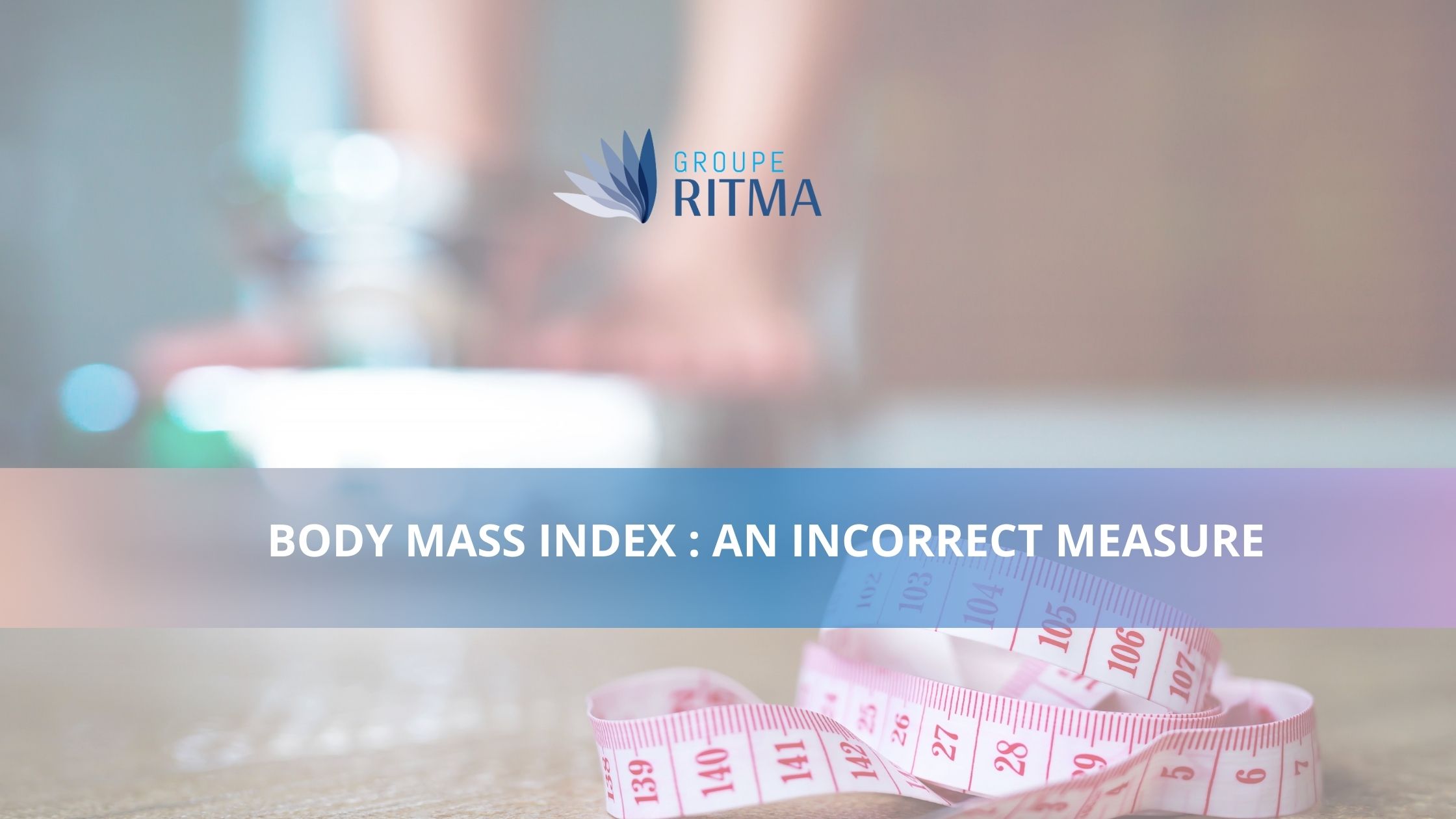
Chronicles
29 February 2024
Body Mass Index an Incorrect Measure

Body Mass Index (BMI) is a widely used measure to assess a person's body weight in relation to their height. Although commonly used in medical practice and epidemiological studies, BMI has certain limitations that should be considered when interpreting it.
Does not account for body composition: BMI does not distinguish between muscle mass, fat mass, and bone mass. Thus, a person with high muscle mass may have a high BMI, even if they are healthy. Similarly, a person with a low percentage of body fat may have a high BMI due to high bone density or muscle mass.
Does not consider body fat distribution: BMI does not take into account body fat distribution, which can be a risk factor for certain diseases such as cardiovascular diseases. For example, abdominal fat accumulation (abdominal obesity) is associated with an increased risk of metabolic diseases, even in individuals with a BMI considered normal.
Does not account for ethnic and gender differences: BMI thresholds may vary by ethnicity and gender. For instance, individuals of Asian descent have an increased risk of developing metabolic diseases at a lower BMI than individuals of other ethnic backgrounds. Similarly, men and women may have different distributions of body fat for the same BMI.
Does not account for lean mass in older adults: In older adults, lean mass may decrease while body fat may increase, which can skew the evaluation of BMI as a health indicator.
Does not consider individual health variations: Some individuals may be healthy despite having a high BMI, while others may have a BMI considered normal but have risk factors for weight-related diseases such as type 2 diabetes or cardiovascular diseases.
In conclusion, while BMI is a convenient tool for evaluating body weight at the population level, it should not be used in isolation to assess individual health. It is important to consider other factors such as body composition, body fat distribution, age, gender, ethnicity, and overall clinical context when evaluating the risk of weight-related diseases.